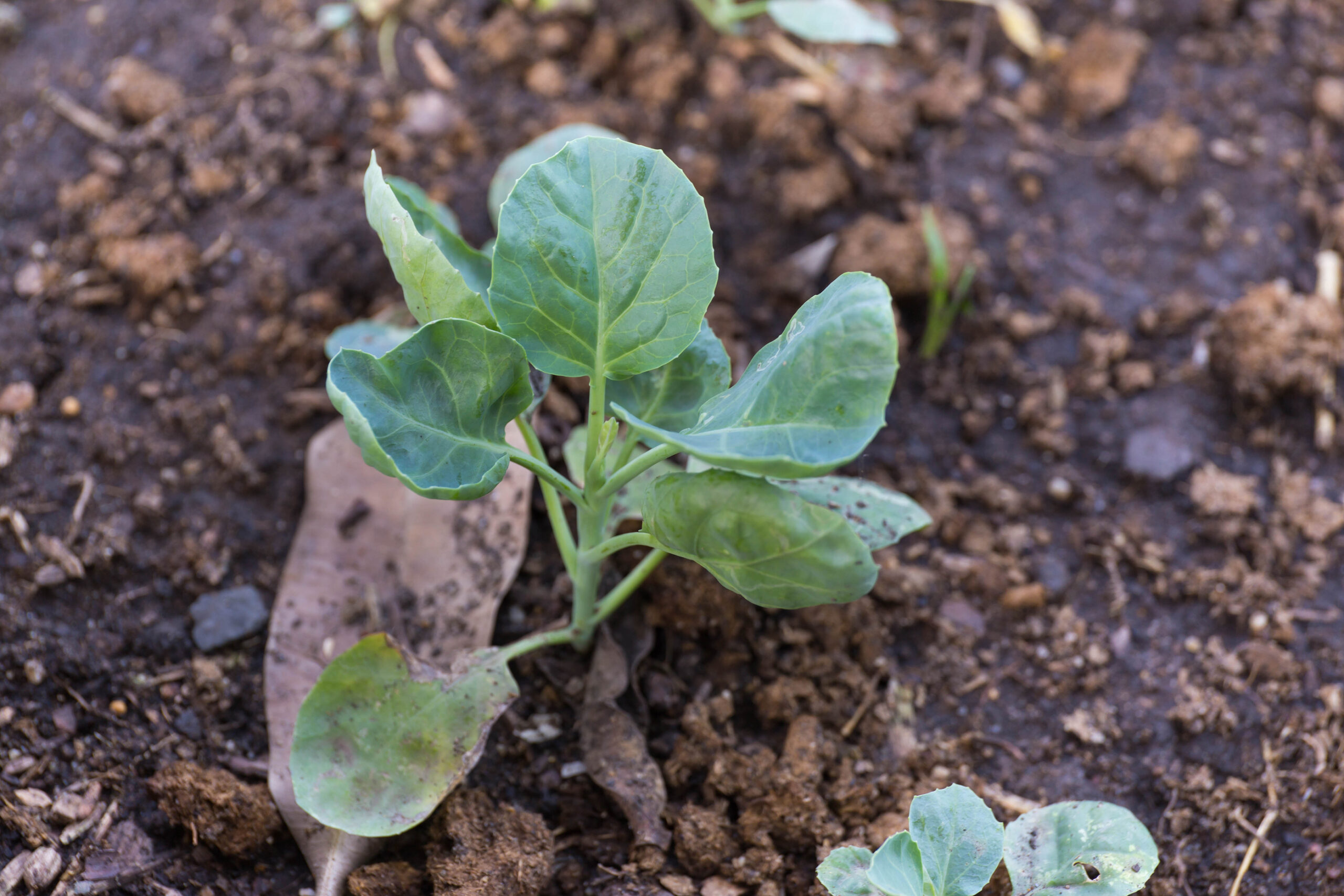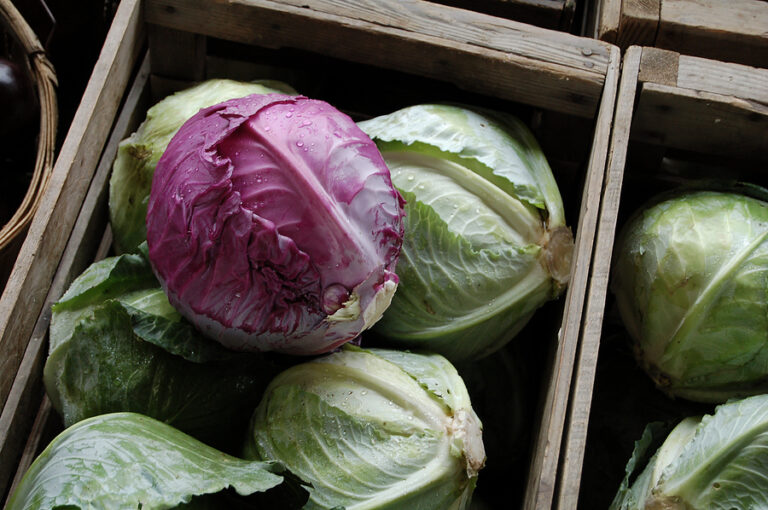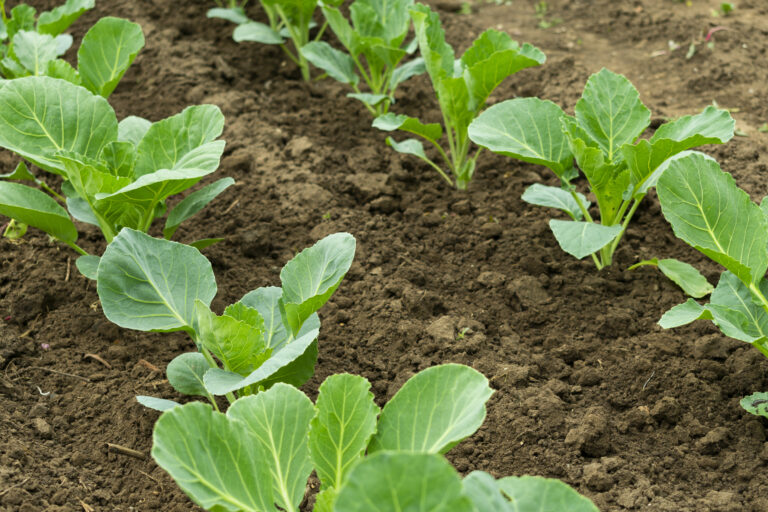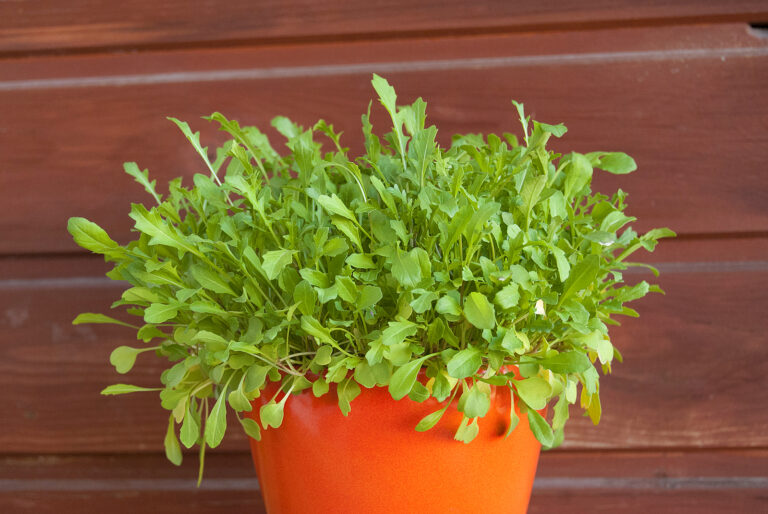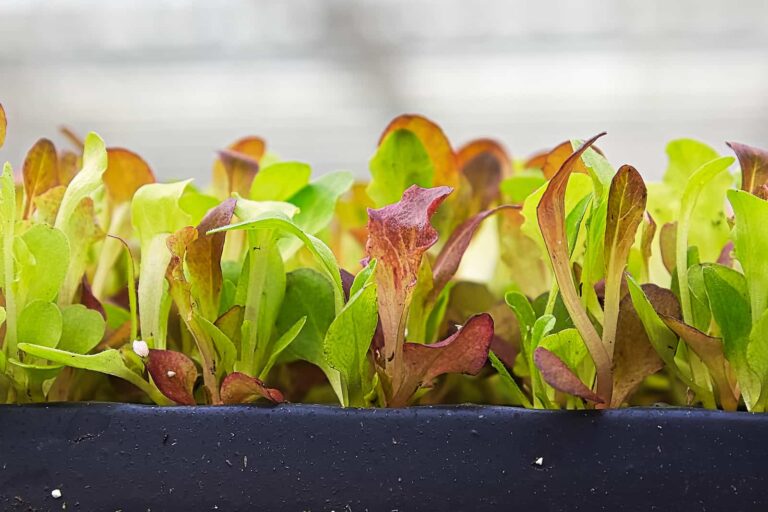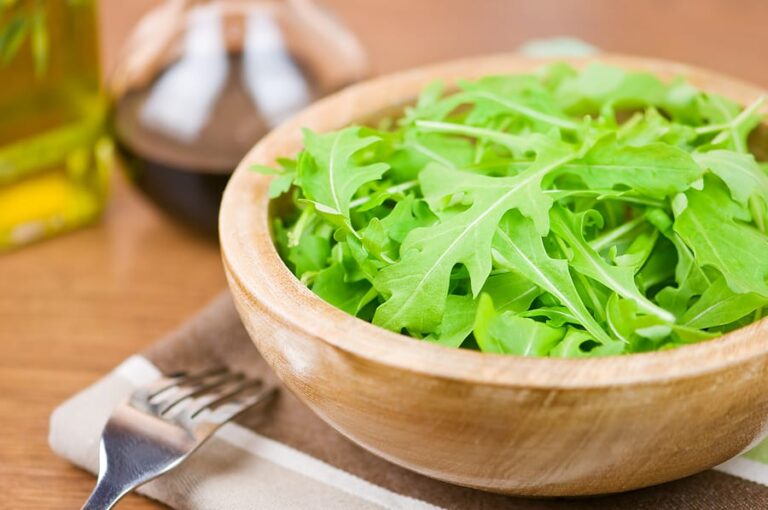How to Feed Collard Greens Organically for Maximum Leaf Growth
Collard greens are nutrient-loving plants that thrive with consistent feeding, especially if you want big, tender leaves. By using organic fertilizers and soil-building methods, you can keep your plants productive while maintaining soil health. Here’s how to feed collards organically for maximum leaf growth.
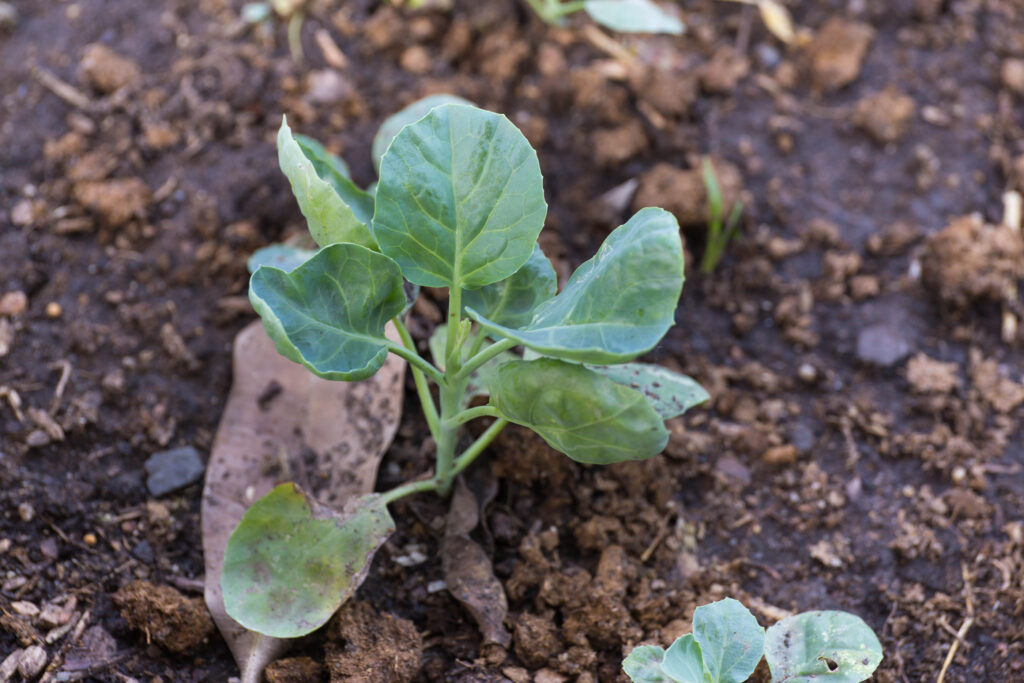
1. Start with Rich, Well-Prepared Soil
Before planting, work in 2–3 inches of well-aged compost or manure into the top 6–8 inches of soil. This boosts organic matter and provides a slow-release nutrient base.
2. Use a Balanced Organic Fertilizer at Planting
Collards benefit from a fertilizer with a balanced NPK ratio—something like 5-5-5. Apply 1–2 tablespoons around each planting hole and mix into the soil before setting transplants or sowing seeds.
3. Prioritize Nitrogen for Leaf Growth
Nitrogen is essential for lush green leaves. Organic sources of nitrogen include:
- Blood meal – Fast-acting boost for early growth.
- Fish emulsion – Gentle, quick-feed option for young plants.
- Alfalfa meal – Adds nitrogen and beneficial growth hormones.
4. Side-Dress During the Season
Every 4–6 weeks, side-dress plants by sprinkling 1–2 tablespoons of composted poultry manure or a balanced organic fertilizer around the base, then water it in.
5. Keep the Soil Moist and Mulched
Even moisture helps nutrients move to the roots. Apply a 2–3 inch layer of straw or shredded leaves to conserve water and prevent nutrient leaching.
6. Foliar Feed for an Extra Boost
Once plants are established, spray a diluted fish emulsion or seaweed extract directly on the leaves every 3–4 weeks for a quick nutrient boost.
7. Avoid Overfeeding
Too much nitrogen can make plants more susceptible to pests like aphids and cabbage worms. Feed moderately and observe plant health before adding more.
Pro Tip: Rotate collards with non-brassica crops each year to maintain soil fertility and prevent disease build-up.
Organic feeding schedule for collards to maximize leaf growth, starting from transplanting or seedling stage through harvest:
| Growth Stage | Timeframe | Organic Fertilizer Type | Application Rate | Notes |
|---|---|---|---|---|
| Pre-Plant Soil Prep | 1–2 weeks before planting | Aged compost + well-rotted manure | 2–3 inches worked into top 6–8 inches of soil | Builds organic matter and nutrients. |
| Early Growth | At transplanting or when seedlings are 3–4 inches tall | Balanced organic fertilizer (e.g., 5-5-5) or fish emulsion | 1/2 cup per plant or diluted per label | Promotes strong root and leaf development. |
| Rapid Leaf Growth | Every 3 weeks | High-nitrogen organic source (e.g., blood meal, alfalfa meal, cottonseed meal, or diluted fish emulsion) | 1–2 tablespoons per plant side-dressed OR liquid feed every 10–14 days | Supports continuous, lush leaf growth. |
| Midseason Boost | About 6 weeks after planting | Compost tea or worm casting tea | Drench around base | Keeps nutrients flowing without excess salts. |
| Late Season | When leaves begin slowing in growth | Light feeding with fish emulsion or kelp meal | Half the normal rate | Extends harvest period without forcing plant stress. |
Tips for Success:
- Always water before and after applying any fertilizer to avoid burning roots.
- Side-dress granular feeds 3–4 inches from plant stems.
- Avoid overfeeding late in the season to prevent overly soft, pest-prone leaves.

